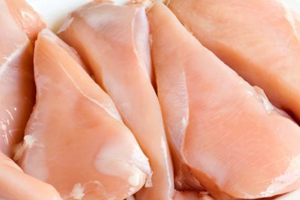Reducing Campylobacter in broilers and turkeys

Campylobacter is one of the leading causes of foodborne illness. Traditional methods for controlling Campylobacter contamination have been focused within the processing plant, trying to prevent cross contamination through washing and evisceration.
It has been suggested that if colonisation of Campylobacter could be controlled in the birds’ intestinal tract, prior to slaughter, then contamination of processed birds also will be reduced.
The functional metabolites in Diamond V Original XPC have been shown to directly impact innate immunity by increasing natural killer cell activity and lysozyme activity, while reducing IFN-gamma production. Adaptive immunity is also impacted as shown by higher levels of secretory IgA and increased antibody titer levels following vaccination.
Two independent studies were recently conducted using a Campylobacter coli challenge to evaluate the effects of Original XPC on C. coli colonisation and transmission. A broiler trial (Experiment 1) was conducted by the SPR Group near Nicholson, GA, and Experiment 2 was conducted at North Carolina State University near Raleigh, NC using commercial turkey hens.
Results for Campylobacter incidence (% positives) were significant as hens fed XPC showed a reduction in numbers (P = 0.023). Prevalence was reduced in the non-inoculated birds from 93% to 75% in the XPC group. Turkey hens consuming XPC exhibited a full log reduction in C. coli colonisation from 4.51 to 3.49.
Click here for more trial information
Join 31,000+ subscribers
Subscribe to our newsletter to stay updated about all the need-to-know content in the poultry sector, three times a week. Beheer
Beheer








 WP Admin
WP Admin  Bewerk bericht
Bewerk bericht